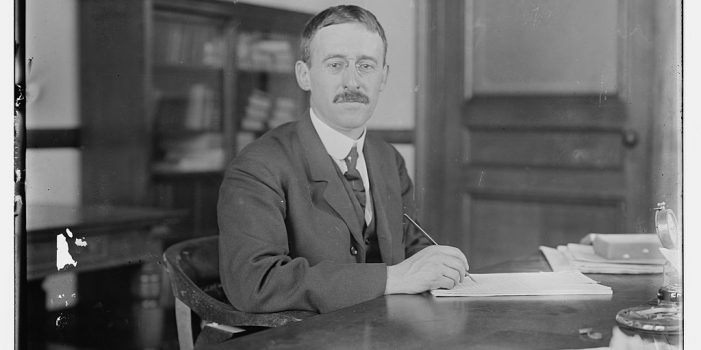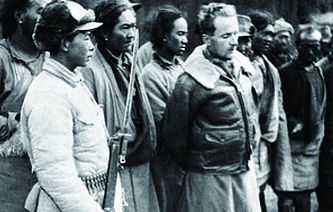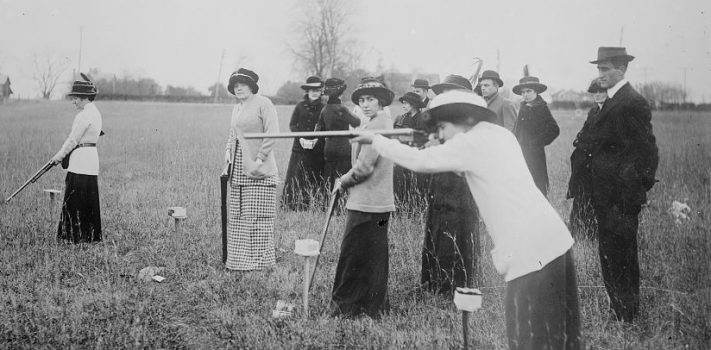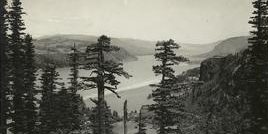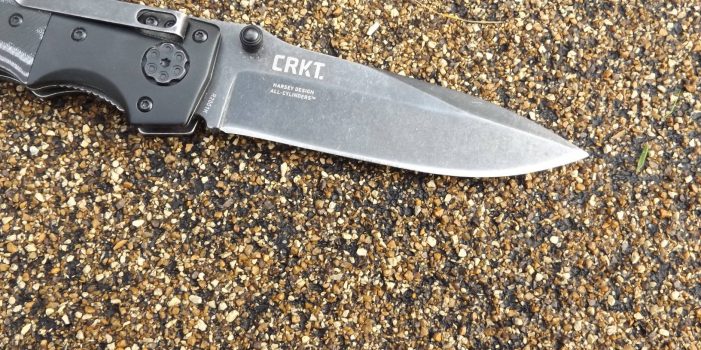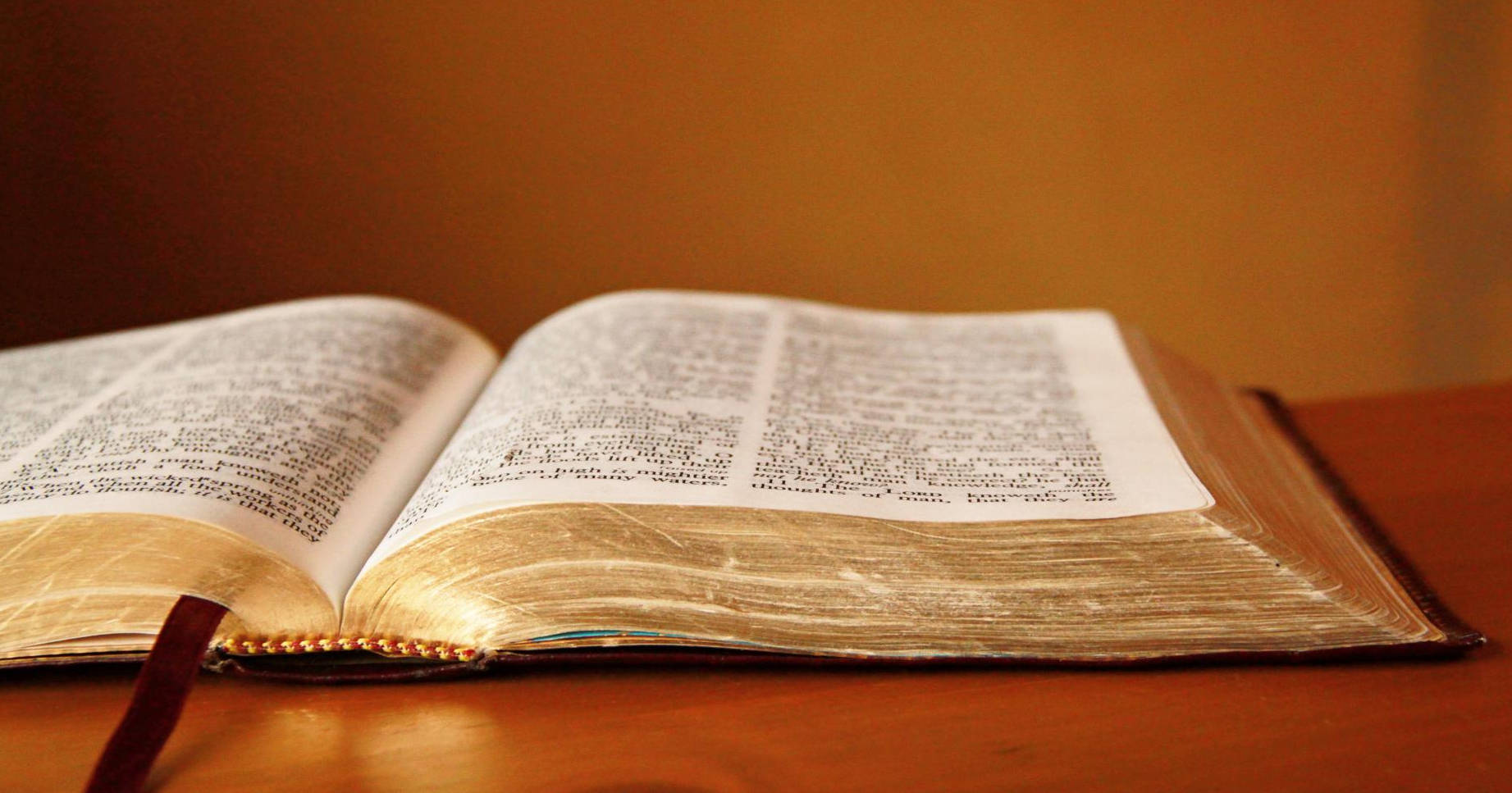“The strategic plans of our armed forces for the defeat of Japan, as they stood in July, had been prepared without reliance upon the atomic bomb, which had not yet been tested in New Mexico. We were planning an intensified sea and air blockade, and greatly intensified strategic air bombing, through the summer and early fall, to be followed on November 1 by an invasion of the southern island of Kyushu. This would be followed in turn by an invasion of the main island of Honshu in the spring of 1946. The total U.S. military and naval force involved in this grand design was of the order of 5,000,000 men; if all those indirectly concerned are included, it was larger still.
We estimated that if we should be forced to carry this plan to its conclusion, the major fighting would not end until the latter part of 1946, at the earliest. I was informed that such operations might be expected to cost over a million casualties, to American forces alone.” – Secretary of War Henry Louis Stimson, from: The Decision to Use the Atomic Bomb (February, 1947)

